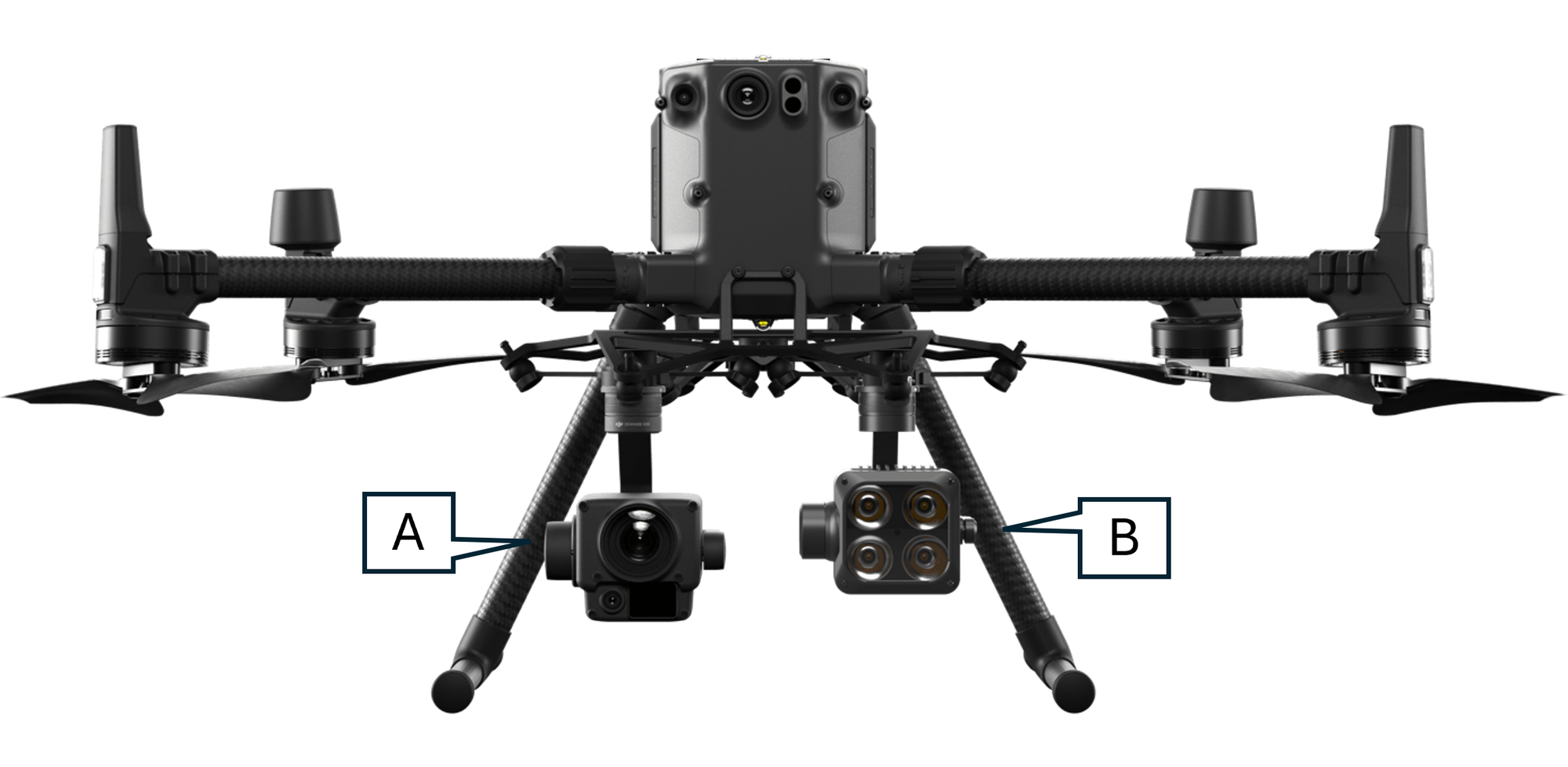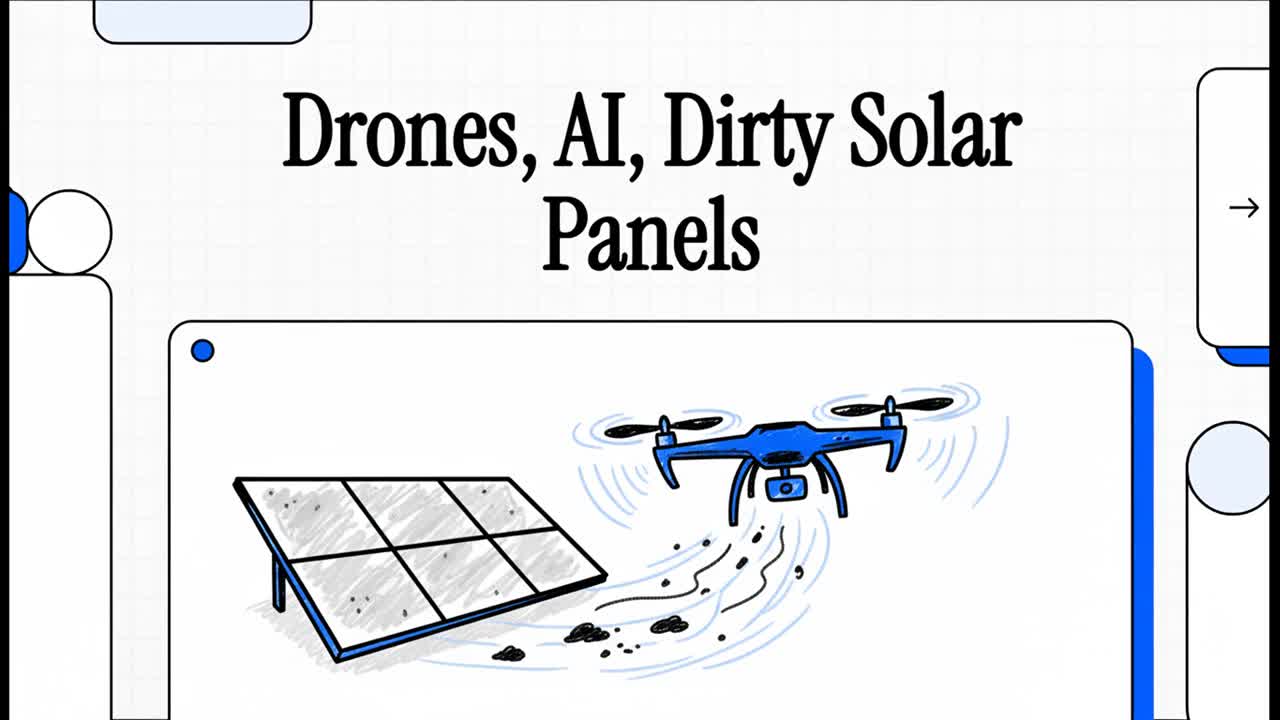Aerial Imaging-Based Soiling Detection on Solar Photovoltaic Panels

The Soiling on PV Panels Dataset is a collection of aerial images that capture two primary types of soiling on photovoltaic (PV) panels in suburban Melbourne. This dataset consists of images representing soiling due to dust and bird droppings, which differ significantly in their characteristics and cleaning requirements.Each image is annotated with one of the following two soiling classes:
- Dust: Caused by local wind and climate conditions, dust accumulates in larger, less distinct patches on panel surfaces, potentially leading to gradual efficiency loss.
- Bird Droppings: These are unique soiling patterns that, despite their small size, can cause hotspots and significantly impact energy output, with potential for long-term damage if not properly addressed.
Dataset Specifications:
- Class Balance: The ratio of dust to bird droppings is approximately 1:2, presenting a class imbalance challenge for detection tasks.
- Visual Characteristics: Dust typically appears as a larger, diffuse patch, whereas bird droppings are smaller and concentrated, often less than 2% of the panel’s surface.
- Panel Specifications: Images feature polycrystalline PV panels with a blue background, where soiling contrasts in color—dust in light gray patches and bird droppings in white or gray, often without distinct shapes.
Soiling Detection Criteria:
- The soiling instance should be prominent in the image, allowing clear identification.
- Each image features a realistic, photo-like quality with soiling types that are clearly visible.
- Labels were assigned based on whether the soiling is easily identifiable by labelers and reflects real-world conditions on PV panels.
This dataset is curated for research and development of automated detection methods, with specific attention to soiling-induced efficiency losses on solar panels.
